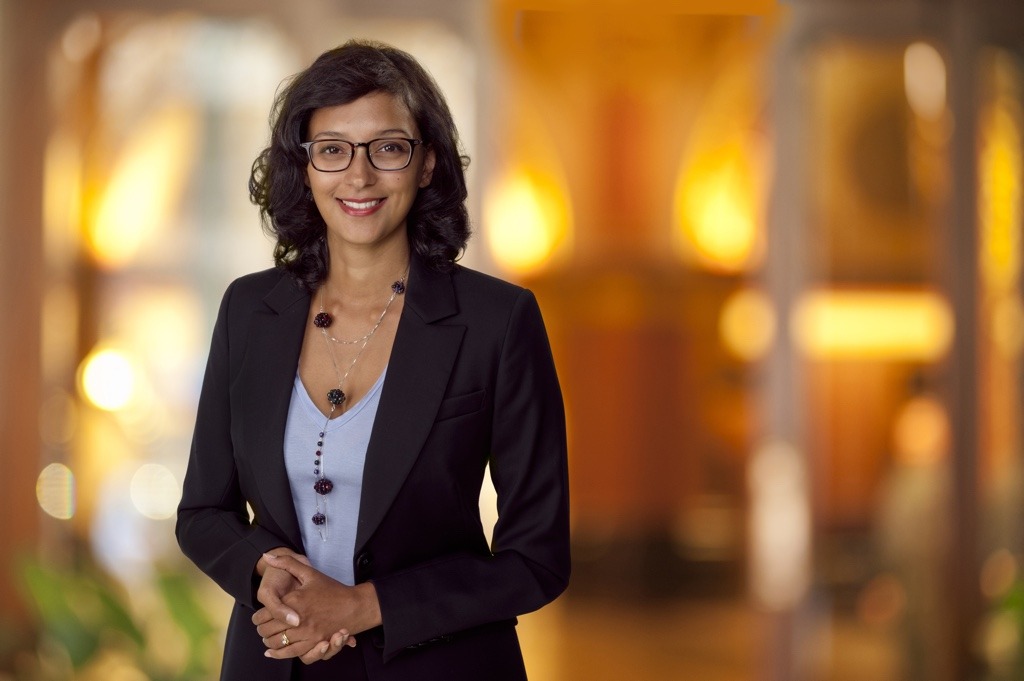I have always felt that I don’t meet the beauty standards set for women. So, it was a surprise when I recently found myself in a room full of female actors and models and yet, felt beautiful for the first time.
As a woman with pigmented skin, my earliest memory of beauty and make-up was standing before a wall of products at K-mart with my mother. Her make-up regime was talcum powder and kohl around her eyes. But my lead role as the ‘mother’ in a grade three class play about dental hygiene required me to look like an older woman and not an eight-year-old. And of course my vision for a ‘mother’ was not her, but rather my friends’ mothers – blue eyeshadow, pink cheeks and red lips (it was the 1980s).
As a child with my mother, we would peer at the myriad products, carefully trying the testers on our hands. The blue eyeshadow was so pale you could hardly see it, the blush clownishly pink. No foundation or powder was the right match, and my mother baulked at the cost of buying several to mix (a strategy I would resort to later). And so we bought a red lipstick and that was that.
Later, I learned to do my own make-up. The other girls at school went to Myer before our formals, but the artists didn’t seem to have the right colours for me. My hunch was proven when the other pigmented girls came back looking washed out and flat, as if they were wearing a plastic mask. In the absence of suitable modern products, for years I took after my mother and only applied kohl around my eyes.
Yet, despite good skin and a million instructional videos, I always hated how I looked in photographs. The girls around me popped, but I looked strange. The contrast between my skin and hair subtly-wrong. My skin colour always too muddy or too grey. After trying to learn how cameras work in case the problem was with the photography, I came to console myself that I looked no different on film to the rare pigmented woman in the glossy magazines, or snapped walking into the Oscars, all white eyes and teeth and indistinct features smooshed in between.
In a world of beauty standards valourising pale skin and blue eyes, light hair and sharp features, it felt impossible to make myself ‘beautiful’. And while I’m now old enough to see value in talents beyond physical beauty, as a young woman, I was despondent. There aren’t many photos of me in my twenties because by then, I refused to have my photo taken at all.
In recent years, I’ve learned that the odds were stacked against me — not just in terms of social standards but also because the tools available to those with pigmented skin actively sabotage. Shirley cards, provided by Kodak Eastman to photo labs around the world so that film would be developed to the right balance of colour, shadow and light featured only white models labelled ‘normal’. In 1978, the filmmaker Jean-Luc Godard declared Kodak film to be racist, and refused to use it to shoot in Mozambique. Since then, pigmented models were photographed for Shirley cards, and in the digital age there is a greater ability to manipulate images to get the correct balance of colour.
But even now, photographing a racially mixed group of people discriminates because most often the calibration is set to favour those with paler skin. Combine that with a poor selection of products and we often look red, blue, grey, and indistinct.

Make-up choices are finally improving overseas, but the penetration of products into the Australian market is bleak and often feels tokenistic — like an after-thought of a few stray shades of foundation and powder.
Even the Crayola Colours of The World series of crayons and pencils for children to colour diverse skin shades has more tones than some make-up brands. I spend just as long staring at shelves now, trying to figure out which product is not too red but not too light, just golden enough.
So, despite being a humble aging surgeon in a room of people for whom beauty is their career, it was a make-up class exclusively for women of colour that finally made me feel beautiful.

Run by Hilary Holmes, founder of Holme beauty, to celebrate the launch of her new primer for pigmented skin, I learned for the first time the myriad ways that the products and techniques previously sold to me actually fail those of my colouring. But what was most incredible to this interloper into the beauty world was hearing just how deeply actors and models of colour are treated differently, tokenistically and without genuine inclusion, despite people with pigmented skin being the global majority. Also incredible was hearing how rare and empowering it was for them to attend a beauty event just for women of colour, hosted by a female make-up artist with expertise in aesthetic and structural issues, and committed to creating high-quality colour-inclusive products, even though this is higher risk and higher cost in the smaller Australian market.
I might be a bit better at my own make-up now (and having some fabulous product helps), but more importantly, I’ll now look at photographs and TV/cinema differently too. If the women of colour don’t seem as beautiful, it’s not because they aren’t, but because the whole industry is not really set up to let us shine in the same way. And whether or not we think make-up and beauty is important, necessary, or feminist, that it is still discriminatory.

